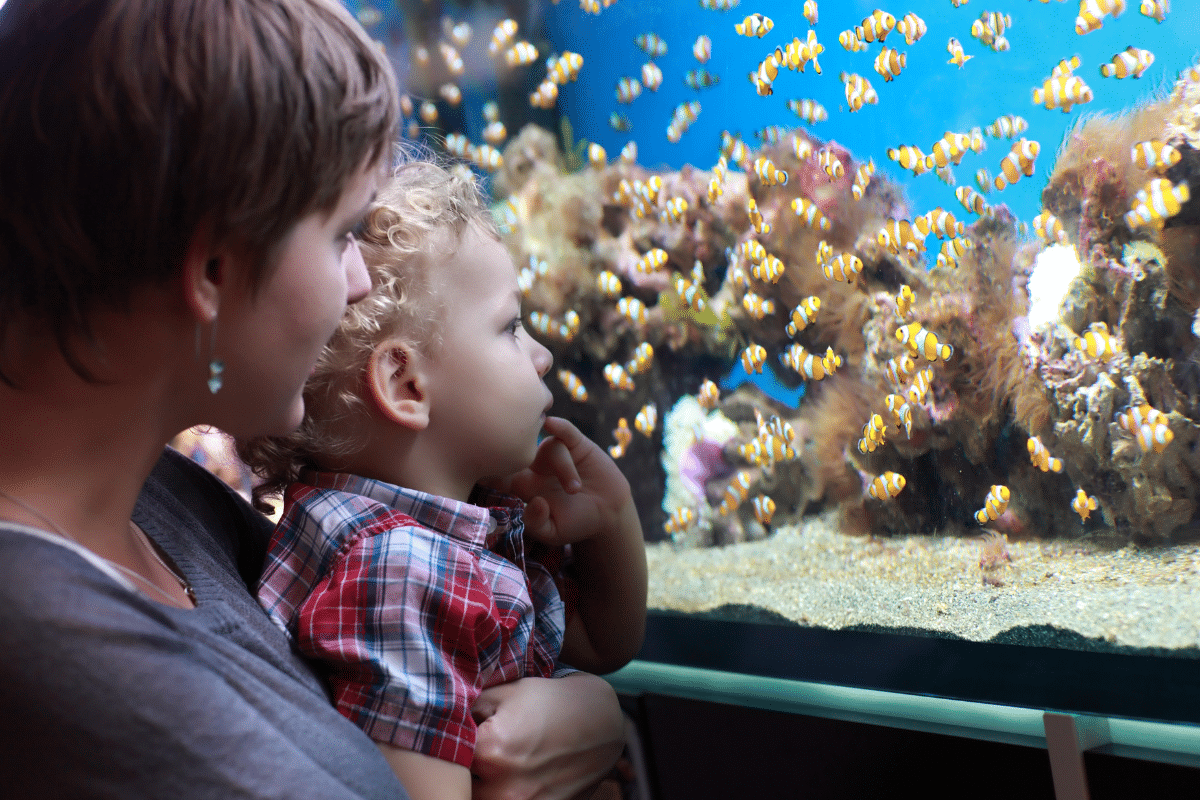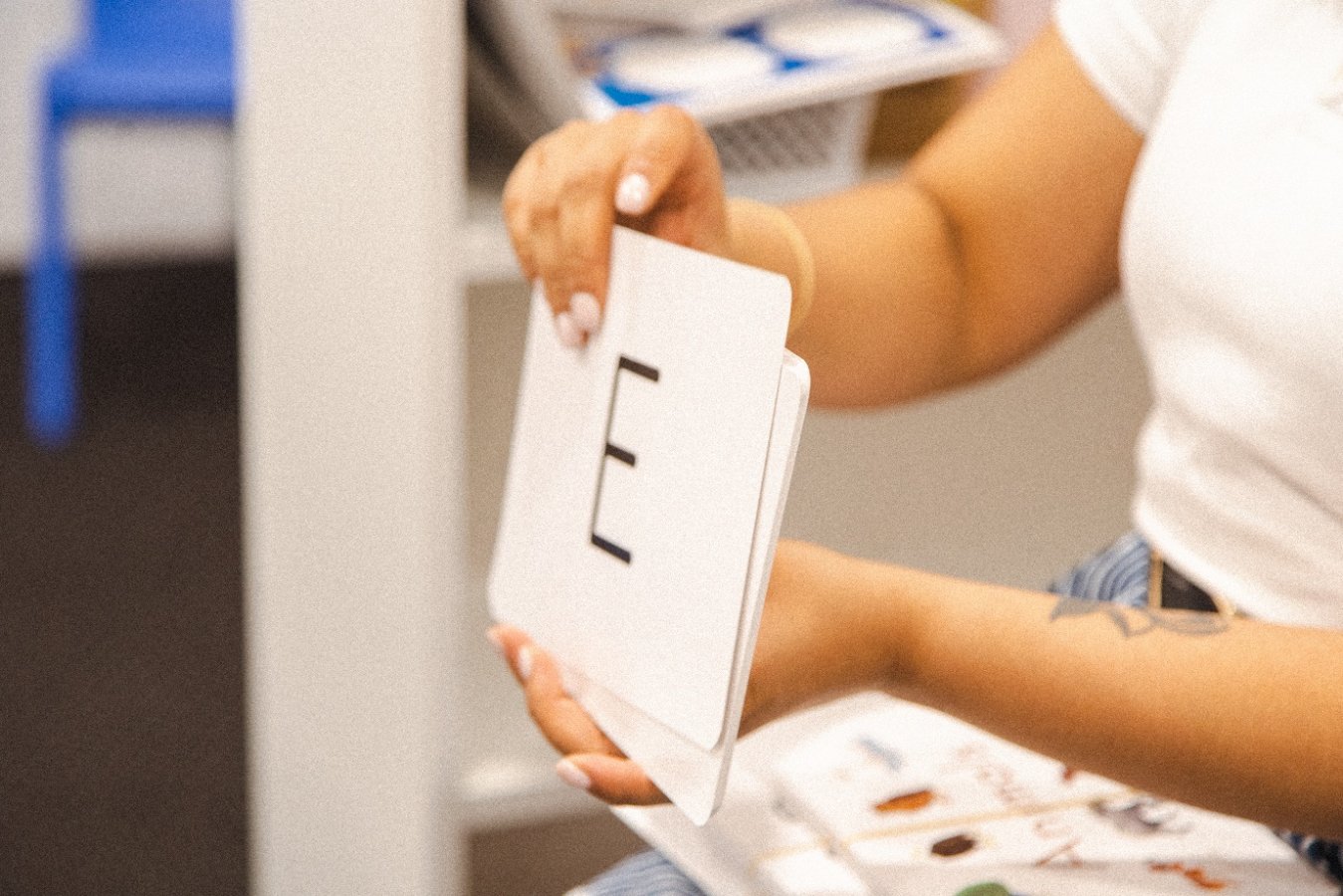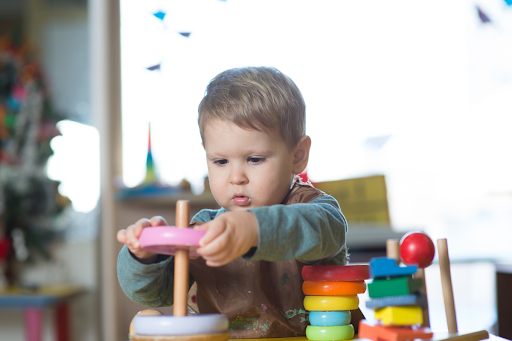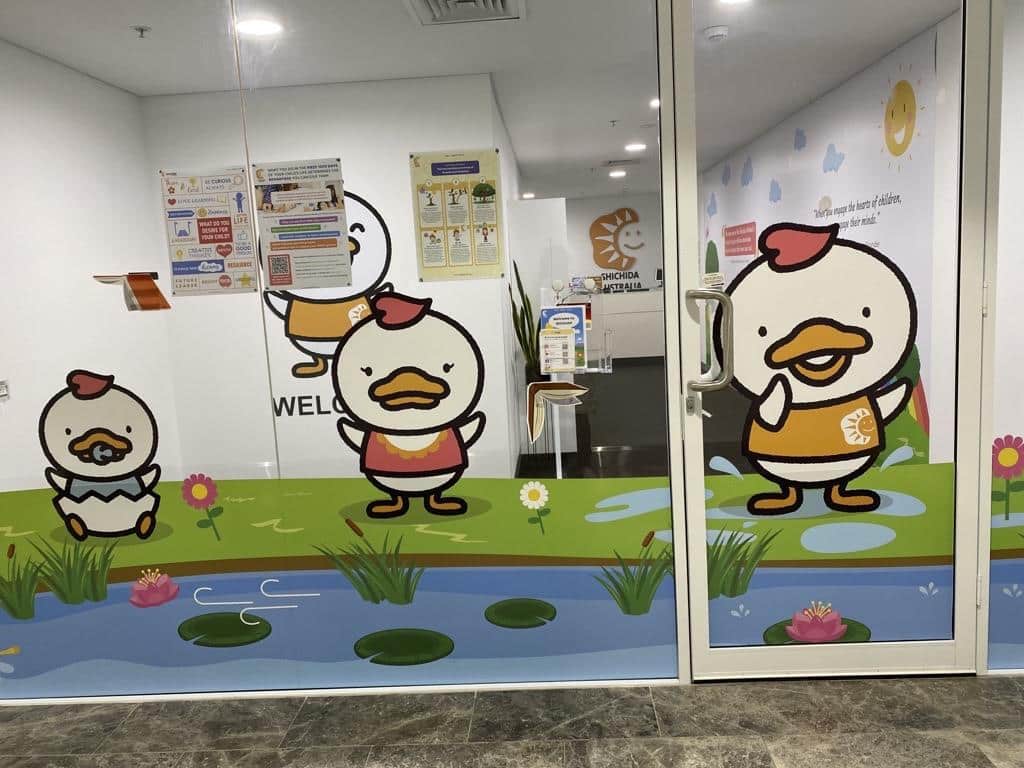
6 Ways to Encourage Love of Learning in Children
You know that look in your child’s eyes when they discover something new – the beauty of curiosity! It’s a magical moment, and a reminder that learning can be one of the most joyful parts of growing up. But encouraging that love of learning doesn’t mean pushing your child into endless lessons or piling on the homework. It’s about creating moments of discovery that feel as natural as play and as rewarding as a warm hug. To encourage love of learning, we explore six thoughtful ways you can gently nurture your child’s natural curiosity and help them fall in love with learning.
Table of Contents
1. To Encourage Love of Learning; Keep it Fun and Playful
Learning doesn’t have to be serious to be effective. Some of the best learning happens when children are having fun. Play is a child’s natural way of exploring the world, and it’s through these playful experiences that they begin to understand new concepts and ideas. By weaving educational activities into playtime, you can turn everyday moments into rich learning experiences.
How to Do It: Turn everyday activities into learning opportunities. For example, when you’re cooking together, it’s not just about making a meal—it’s a chance to explore maths (measuring ingredients), science (how ingredients change when cooked), and even history (talking about the origins of recipes). You can make up songs to help remember steps or have your child guess what happens when you mix certain ingredients. The key is to keep it light and enjoyable, so your child associates learning with positive experiences.
Tip: Integrate learning into play without your child even realising it. For instance, during a walk, you might ask them to count how many different types of leaves they can find or to listen for various sounds of nature. These subtle lessons help them connect learning with the joy of discovery.
2. Follow Their Interests
Children learn best when they’re truly interested in a subject. By tapping into your child’s passions, you can create learning experiences that feel exciting and relevant to them. Whether they’re fascinated by dinosaurs, space, animals, or art, these interests are the perfect entry points for deeper exploration and learning.
How to Do It: If your child loves animals, plan activities around this interest. Visit a zoo, watch documentaries together, and read books about their favourite creatures. You can also explore creative activities like drawing or crafting animals. This approach shows your child that learning is not just confined to what’s taught in school, but can be about anything they love.
Tip: Allow your child to guide some of their learning. If they show an interest in something unexpected, like trains or insects, take the opportunity to dive deep into that subject. Providing books, showing flashcards related to a topic of interest, or even engaging in conversations about their interests helps them feel valued and excited about learning.

3. Create a Learning-Rich Environment
Your home can be a haven of discovery and creativity. By filling your home with materials that invite exploration—like books, puzzles, art supplies, and science kits—you’re creating an environment where learning happens naturally. A learning-rich environment encourages children to ask questions, seek out answers, and engage in creative thinking.
How to Do It: Designate a space in your home as a learning corner, filled with age-appropriate books, games, and materials. Keep this space organised and visually appealing to make it inviting. Regularly update it with new resources to keep your child’s curiosity piqued. Simple items like a globe, a nature jar, or a set of magnets can inspire endless curiosity and exploration.
Tip: Incorporate tools that foster independence, like a child-sized bookshelf where they can easily access books, or an art station stocked with supplies they can use freely. Encouraging self-directed learning helps your child build confidence in their ability to explore and discover.
4. Encourage Questions and Exploration
Children are naturally curious, and one of the best ways to encourage their love of learning is by nurturing that curiosity. When your child asks questions, they’re opening the door to discovery. By responding with enthusiasm and exploring the answers together, you show them that learning is a collaborative, ongoing process.
How to Do It: Make a habit of asking open-ended questions during your conversations. For example, if your child notices a bug while you’re outside, you might ask, “I wonder where that bug lives? What do you think it eats?” This approach encourages them to think critically and explore further, showing them that learning is not just about finding the right answers, but about asking the right questions.
Tip: Use technology to enhance exploration. If your child asks a question that you can’t answer on the spot, take the opportunity to look it up together. Whether it’s through a book, a video, or an educational app, exploring together teaches them that finding answers is part of the fun.
5. Be a Role Model for Lifelong Learning
Children often mirror the behaviours they see in their parents. If you show enthusiasm for learning and curiosity in your daily life, your child is likely to follow suit. Share your interests with them—whether it’s reading a book, trying a new recipe, or learning a new skill—and involve your child in these activities. When they see you excited about learning, it becomes a natural part of their world.
How to Do It: Let your child see you reading, researching, or tackling a new hobby. Talk to them about what you’re learning and why it excites you. For instance, if you’re learning a new language, share a few new words with your child and practise them together. This not only exposes them to new concepts but also shows that learning is a lifelong adventure.
Tip: Share stories about your own learning experiences, especially ones that involve challenges or failures. This helps your child see that learning is not always easy, but it’s rewarding. They’ll learn that persistence and curiosity are key to overcoming obstacles.

6. Celebrate Effort and Curiosity Over Outcomes
In a world that often focuses on results, it’s important to emphasise the learning process. When your child knows that their efforts and curiosity are valued, they’re more likely to take risks, try new things, and continue exploring. Celebrating the process helps them understand that learning is about growth, not just about getting the right answer.
How to Do It: Instead of only praising grades or completed tasks, celebrate the small victories along the way. If your child worked hard on a science project, praise their dedication, creativity, and the thought process they used—regardless of the outcome. This teaches them that the joy of learning comes from the journey, not just the destination.
Tip: Create a “Curiosity Wall” where your child can post questions they have or topics they’re curious about. As a family, explore these questions together and celebrate each discovery, reinforcing the idea that learning is an ongoing and exciting process
Nurture a Lifelong Love of Learning with Shichida
At the heart of every child’s success is a strong foundation built on curiosity and exploration. We partner with parents to create a learning environment grounded in the proven Shichida Method that focuses on nurturing and stimulating a child’s whole brain. From the earliest stages, we focus on cultivating your child’s natural love of learning, helping them develop into confident, creative, and kind individuals.
Join us today to encourage love of learning and give your child the best start in life. With our caring and quality approach, you’ll not only support their early development but also set the stage for a future full of big dreams and amazing achievements. Enrol today and become part of a community dedicated to raising children who are ready to thrive.


